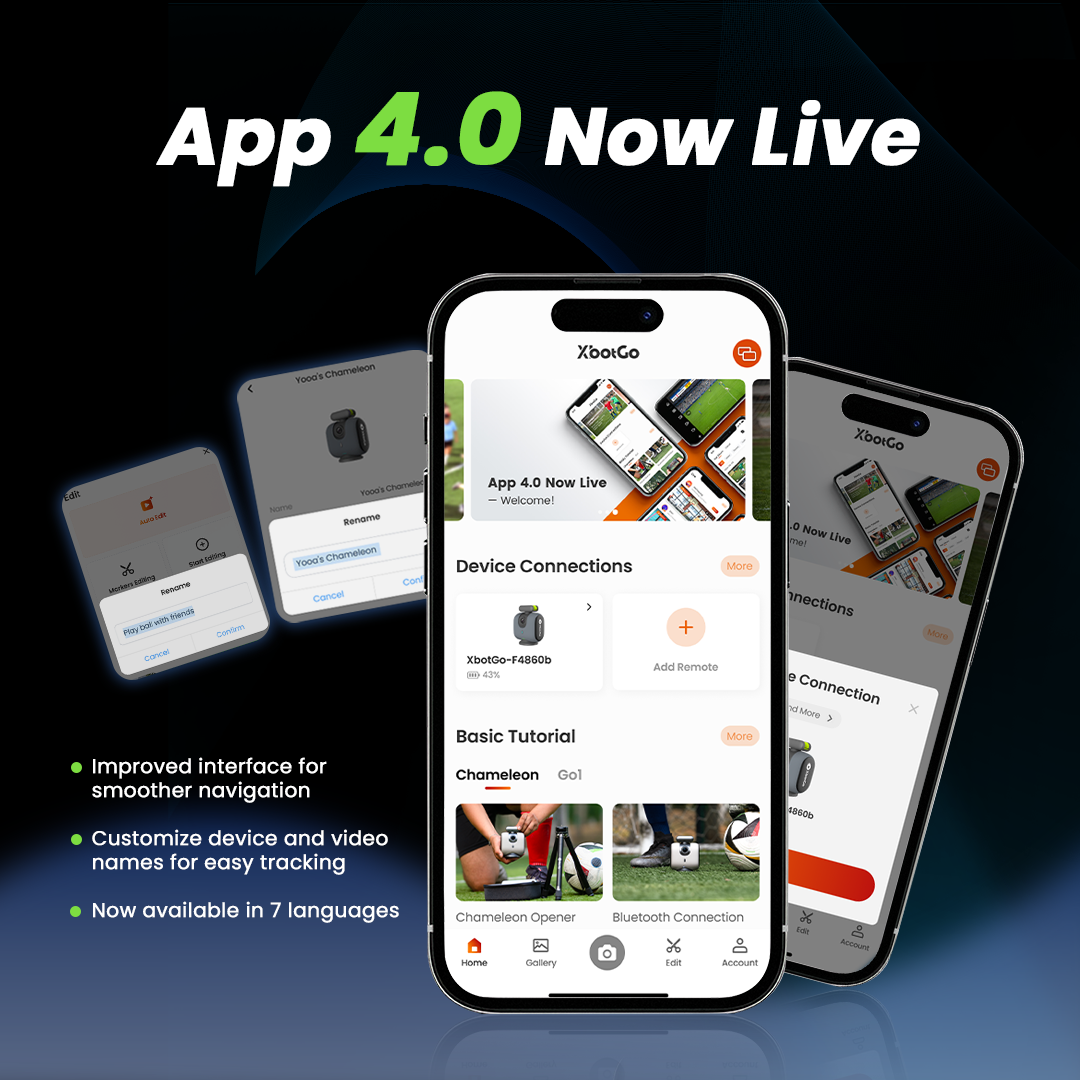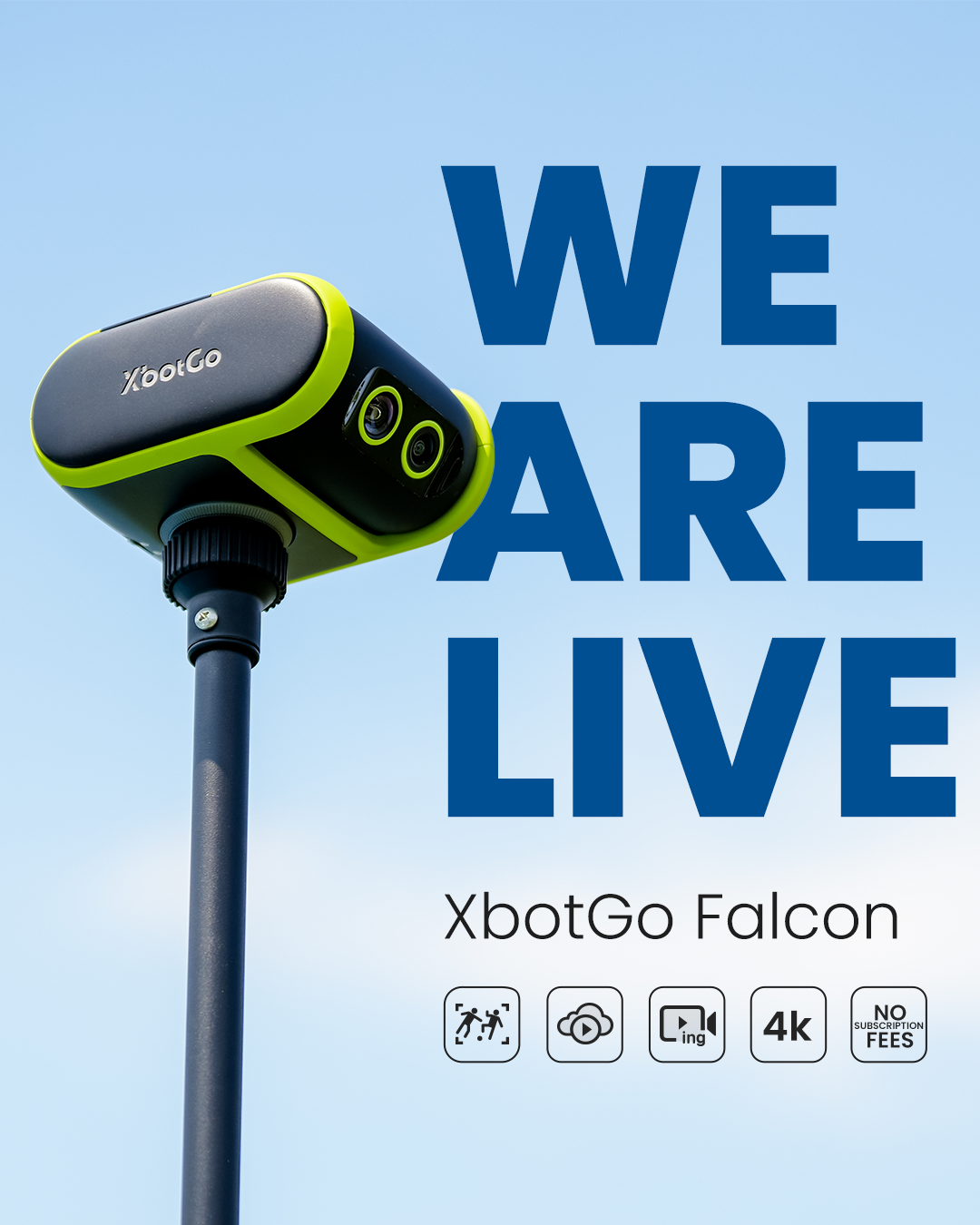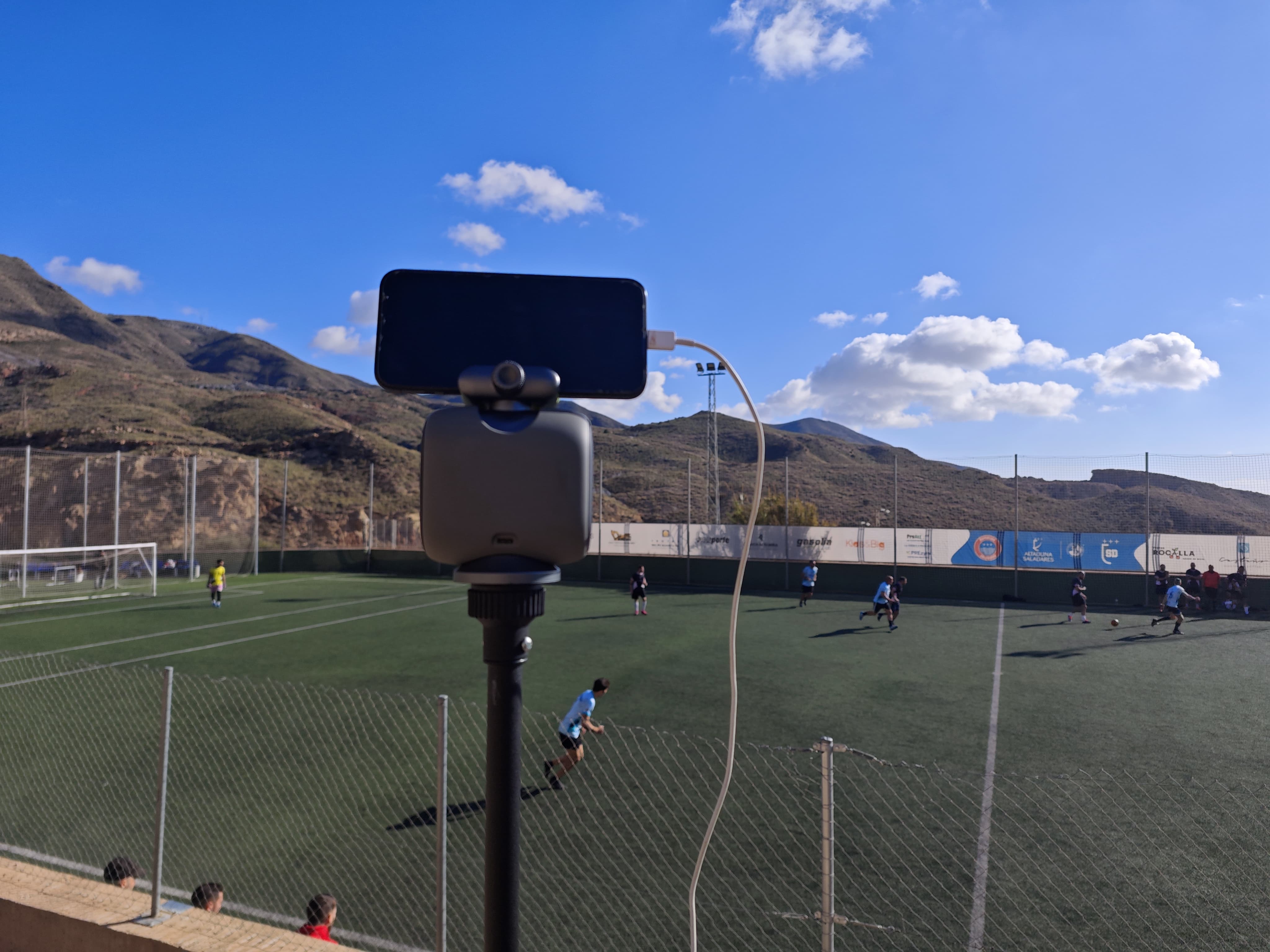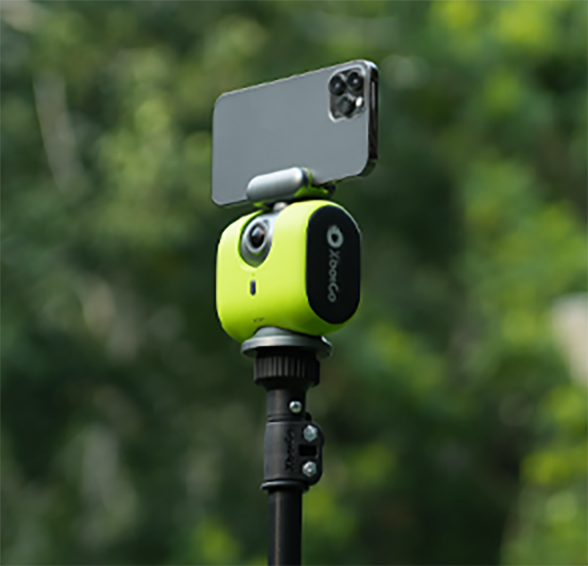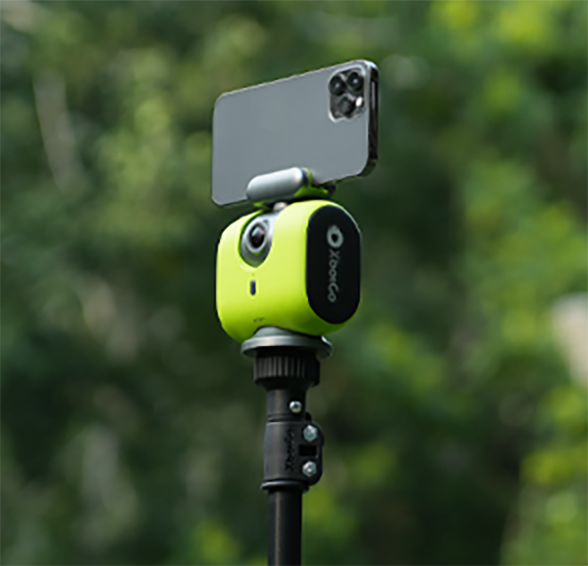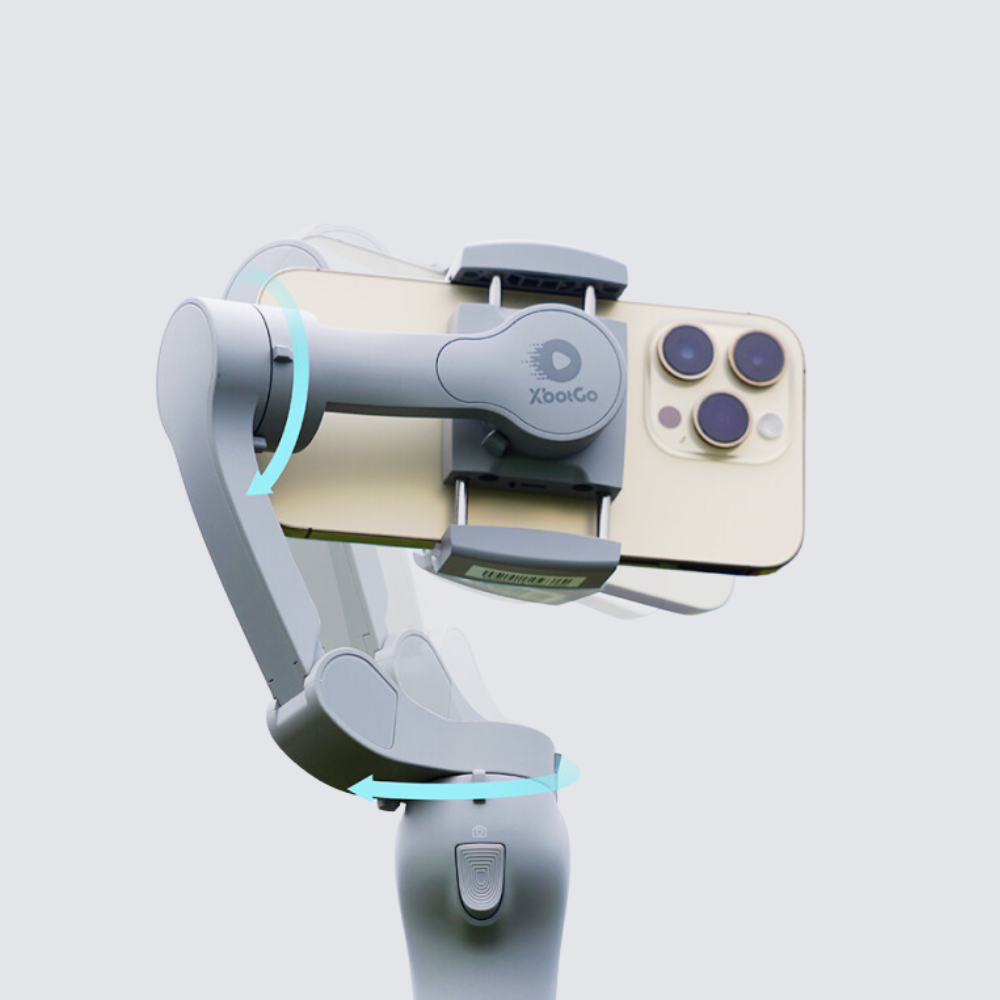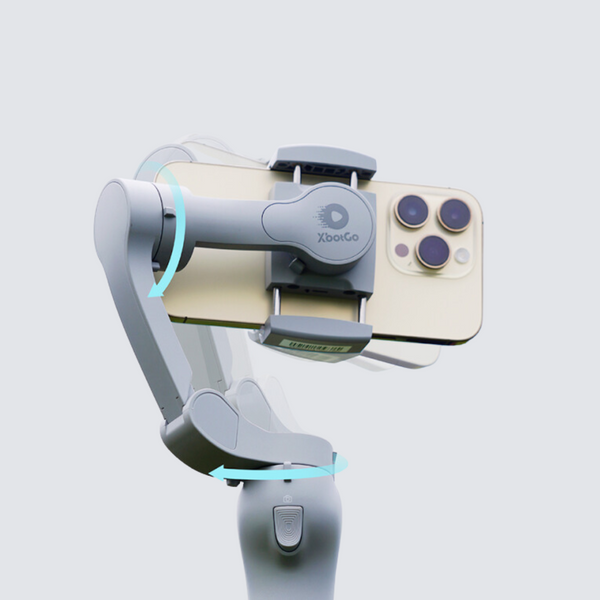XbotGo Auto Zoom: Why It Fails & How to Fix It
XbotGo's auto zoom feature enhances sports recording by intelligently adjusting framing, but understanding its limitations helps optimize performance for various game scenarios.
Why Auto Zoom May Underperform
Conservative Design Philosophy:
XbotGo's auto-zoom feature has strict activation conditions designed to maintain stable footage and avoid excessive zooming that could disrupt tracking accuracy.
Stability-First Approach:
Even when conditions are met, the zoom range remains conservative to ensure smooth tracking performance in complex sporting environments with multiple moving subjects.
Technical Limitations
Challenging Scenarios:
Complex multi-player situations with overlapping movements
Rapidly changing game dynamics requiring instant zoom adjustments
Poor lighting conditions affecting subject identification
Similar jersey colors making player distinction difficult
Crowded field situations with numerous simultaneous movements
Environmental Factors:
Insufficient contrast between players and field background
Weather conditions affecting camera performance
Distance limitations from action reducing zoom effectiveness
Obstructed viewing angles limiting clear subject identification
Optimization Strategies
When to Disable Auto Zoom:
Tournament settings with multiple simultaneous games
Training sessions with numerous players in close proximity
Indoor venues with complex lighting conditions
Multi-sport events with varying subject sizes
Alternative Solutions:
Manual zoom control for specific situations
Fixed wide-angle recording for comprehensive coverage
Post-production zoom during editing process
Future Development
XbotGo continuously improves auto-zoom functionality through algorithm updates and user feedback integration. Regular firmware updates enhance performance across diverse sporting scenarios.






























